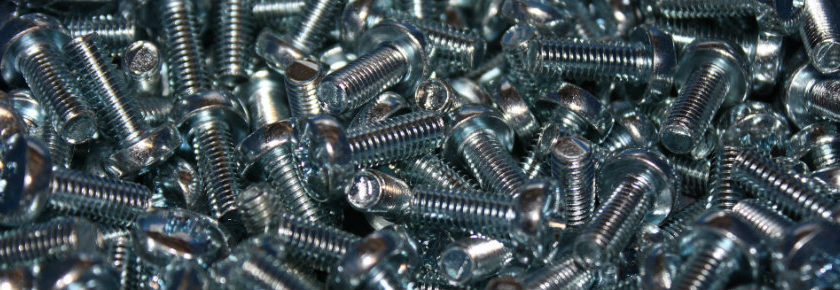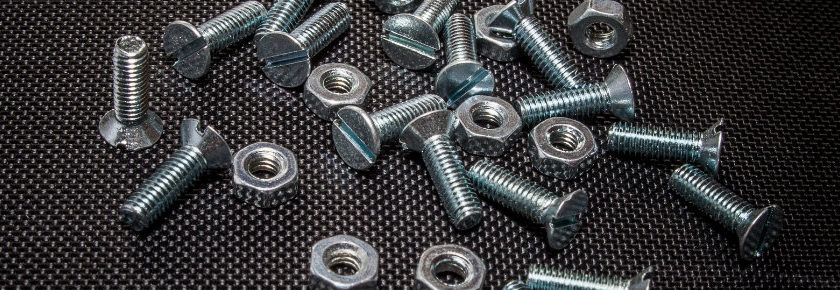Fastener stores and distributors are everywhere so it should be simple to pick out a fastener for a specific job or assembly, right?
Many large retail chains and small distributors purchase fasteners with the sole purpose of getting the right diameter and length. These companies do not inspect these orders for compliance, nor do they verify that the supplier or manufacturer is meeting any specific standard.
Most likely these companies do not even know about or understand the requirements for fasteners. There are many standards institutes and organizations worldwide, such as ISO, ANSI, ASME, DIN and JIS. Every country will have their own standard system that covers fasteners, methods for testing fasteners, or both. These standards specify requirements for dimensions, thread size (major diameter, minor diameter and pitch), as well as the mechanical requirements, such as hardness and tensile strength.
These requirements are to be inspected and tested by the manufacturer. How do you know that the suppliers follow these guidelines or that the fasteners they supply meet these requirements?
Contact us through ProvenProductivity@bossard.com and see what steps we take to ensure we provide quality fasteners from proven manufacturers.
For more shopping options click here.
Jon Rathe
SCQA














